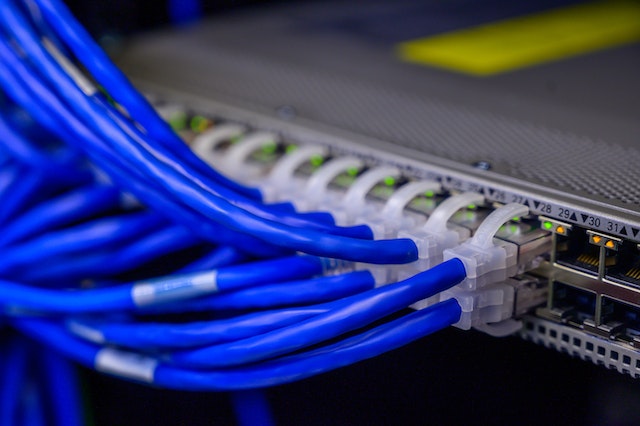In the world of electronics, connectivity is king. The ability to transmit data and power reliably is essential for any device to function seamlessly. D Sub connector, also known as D-subminiature or simply D-sub, have been a vital component in the electronics industry for decades. These connectors come in various sizes and pin configurations, making them incredibly versatile for a wide range of applications. In this blog, we will explore the world of D-sub connectors, their history, types, applications, and their enduring importance in today’s technological landscape.
A Brief History
D-Sub connectors have a rich history that dates back to the mid-20th century. Originally developed by Cannon, a subsidiary of ITT Corporation, D-sub connectors quickly gained popularity due to their rugged design and dependable performance. The “D” in D-sub stands for “density,” referring to the high pin density these connectors offer. They were initially designed for use in military and industrial applications and have since become a staple in the electronics industry.
Types of D-Sub Connectors
D-sub connectors come in several standard sizes and pin configurations, including:
- DB9 (9-pin): The DB9 connector is one of the most common D-sub connectors, often used for serial communication and data transfer.
- DB15 (15-pin): DB15 connectors are popular in applications like VGA connections for computer monitors.
- DB25 (25-pin): DB25 connectors were widely used in parallel printer ports and other older computer peripherals.
- High-Density D-subs: These connectors, such as the HD15, offer more pins in a smaller footprint, making them ideal for video and monitor connections.
- Mini D-subs: Smaller versions of the standard D-sub connectors, which are commonly used in compact electronic devices.
Applications of D-Sub Connectors
- Computers: D-sub connectors are used for a variety of computer interfaces, including VGA, serial, and parallel ports.
- Networking: In networking, D-sub connectors can be found in RS-232 and RS-485 interfaces for data communication.
- Industrial Automation: D-sub connectors are used in automation systems for control and data transfer.
- Telecommunications: They are used in various telecommunication equipment, such as modems and routers.
- Medical Equipment: D-sub connectors play a vital role in the medical industry, connecting various diagnostic and imaging equipment.
- Aerospace and Military: The rugged design of D-sub connectors makes them suitable for demanding environments like aerospace and military applications.
- Audio and Video: D-sub connectors are used in audio and video equipment for analog and digital signals.
Why D-Sub Connectors are Still Relevant
In a world where technology is rapidly evolving, one might wonder why D-sub connectors remain relevant. Here are a few reasons:
- Ruggedness: D-sub connectors are known for their robust construction, making them ideal for applications that require durability.
- Versatility: Their various sizes and configurations make D-sub connectors adaptable to a wide range of uses.
- Legacy Compatibility: Many older devices and systems still use D-sub connectors, ensuring their continued importance in the electronics industry.
- Cost-Effectiveness: D-sub connectors are relatively affordable compared to some of the newer connector types.
- Familiarity: Engineers and technicians are familiar with D-sub connectors, which simplifies maintenance and repair tasks.
